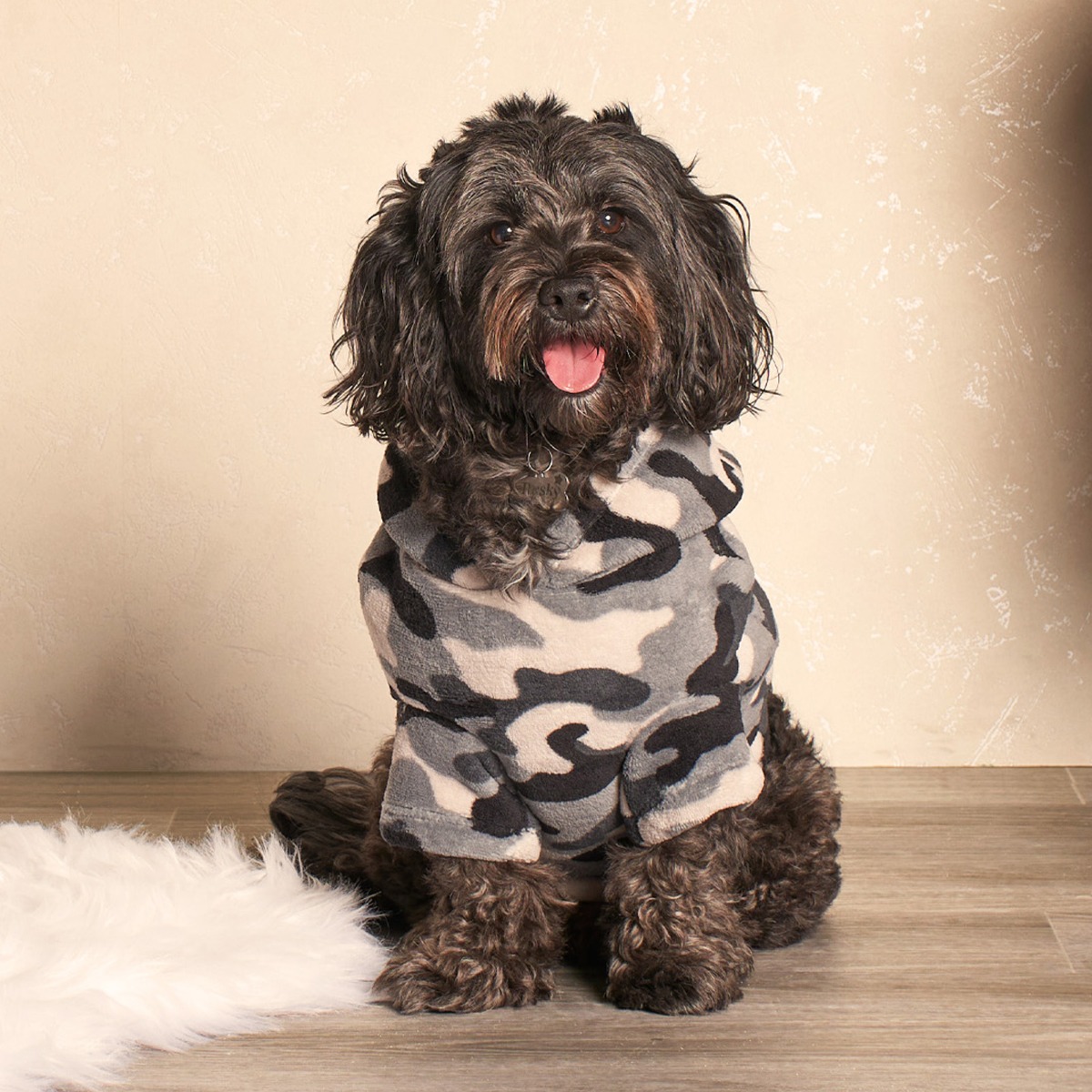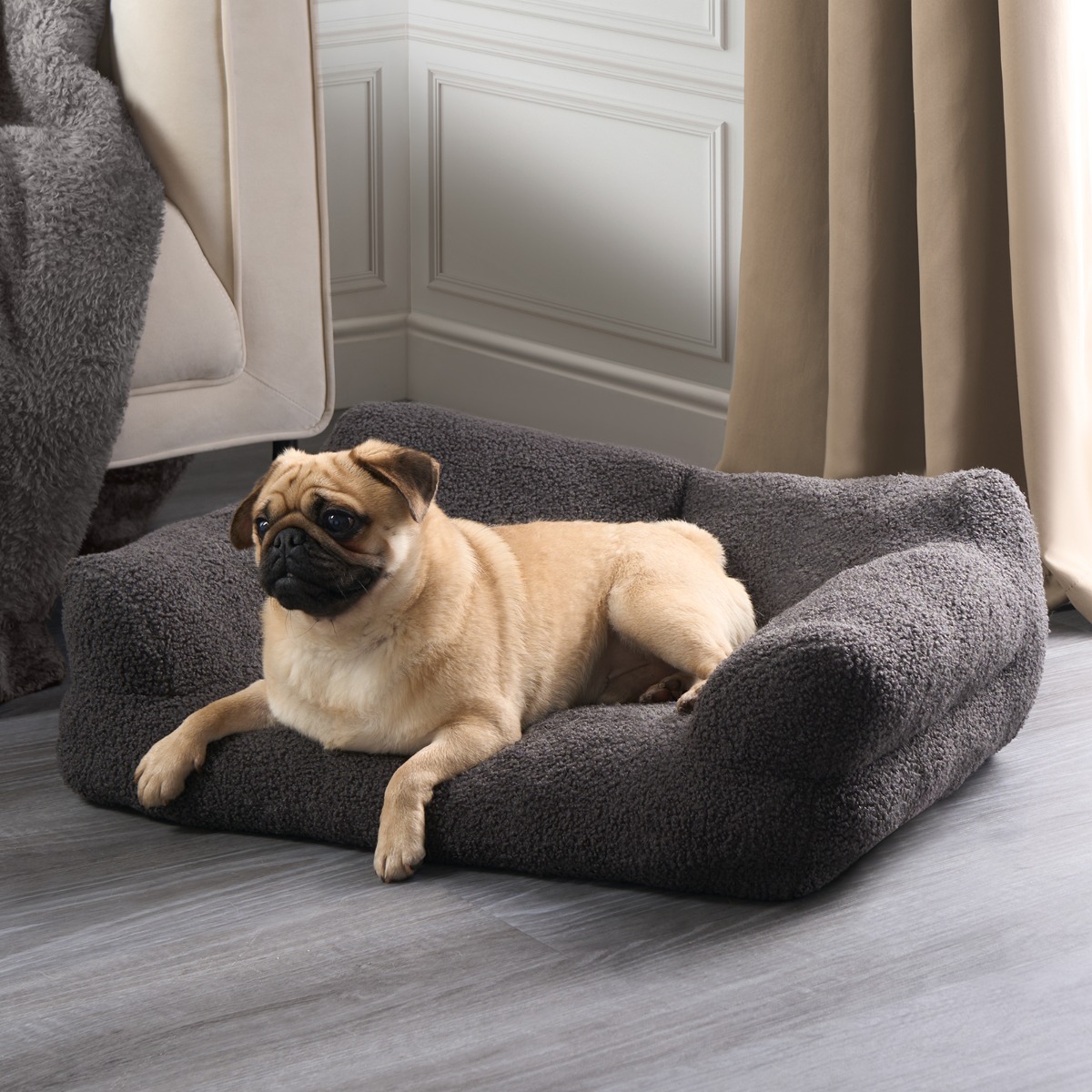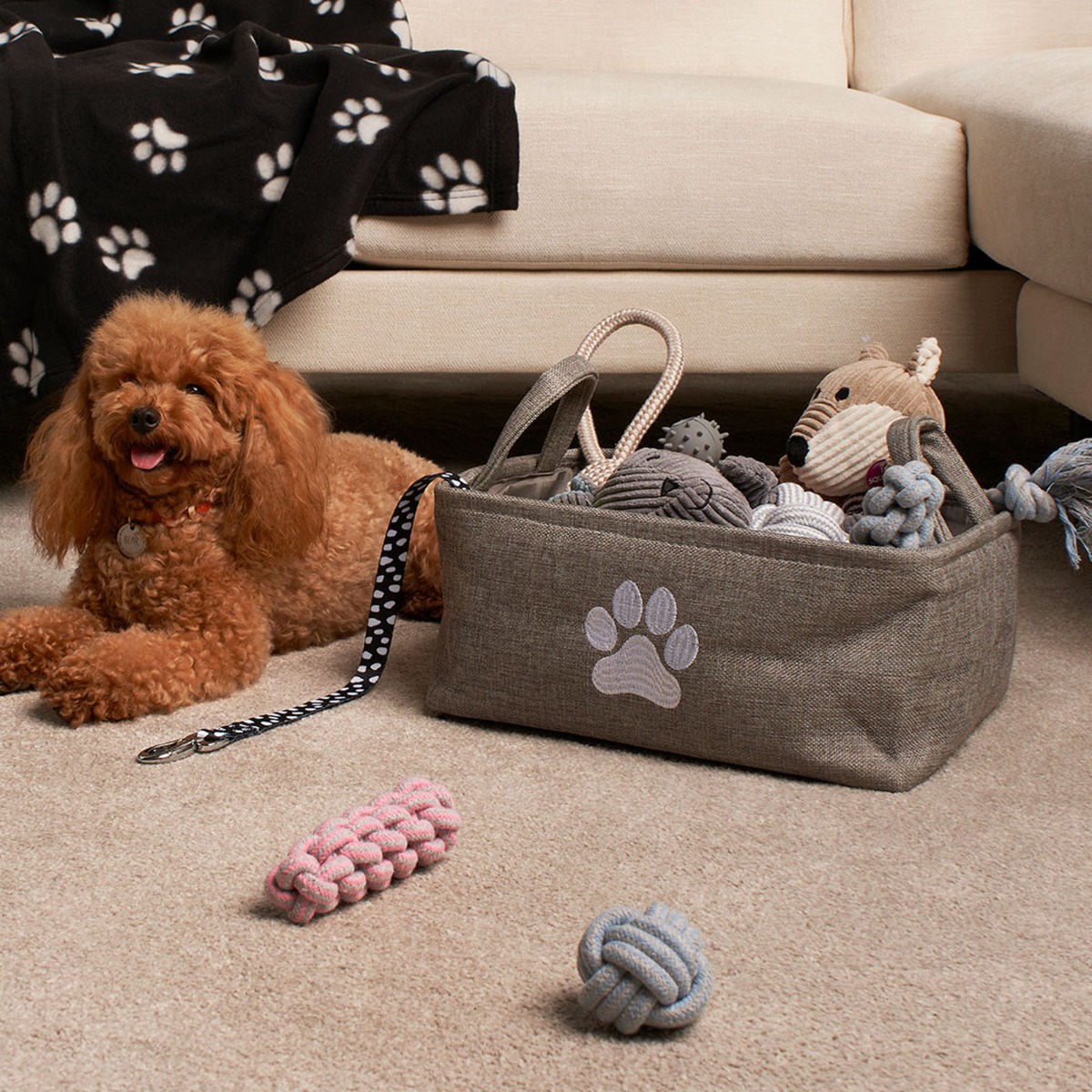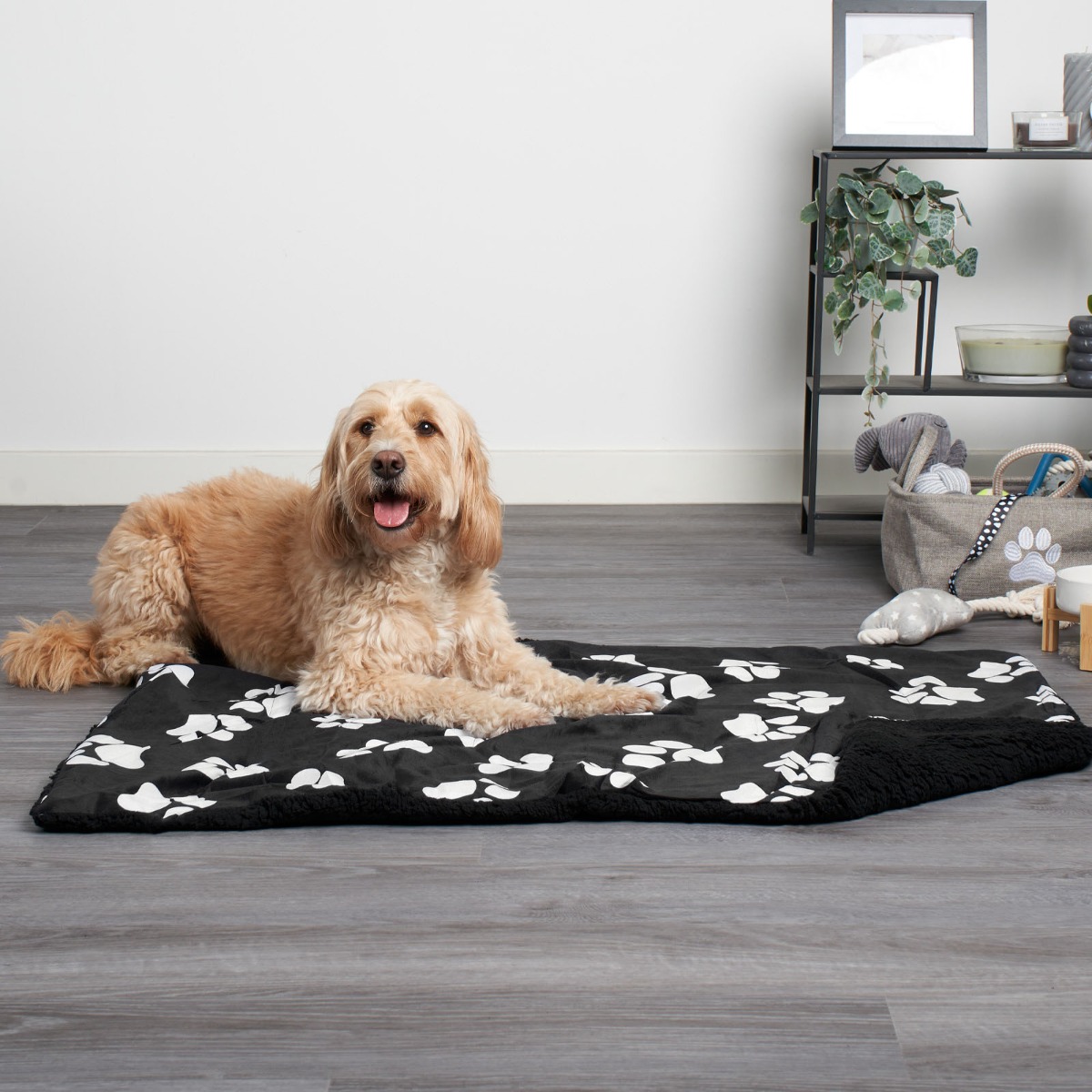Doggie Grooming: The Best Budget-Friendly Tips for DIY Dog Care
Grooming your furry friend isn't just about vanity; it's an essential aspect of their overall health and well-being. Regular grooming helps prevent matting, reduces shedding, keeps skin healthy, and strengthens your bond with your pup. While professional groomers provide excellent service, mastering basic grooming skills can save you a bundle in the long run. Before we get into the tips and tricks I’ve collected for your convenience, let's have a look at the benefits of at-home grooming, both financially and routinely.
Outsourcing grooming can quickly add up, especially for breeds that require frequent attention. By learning to groom your dog at home, you can significantly reduce grooming expenses over time and potentially save hundreds of pounds a year. Additionally, DIY grooming allows for greater flexibility in scheduling and enables you to tailor the grooming routine to suit your dog's specific needs. Investing in quality grooming tools upfront may seem like a splurge, but it's a cost-effective choice compared to regular professional grooming fees.
Budget-Friendly Tips and Tricks:
- Invest in Quality Tools: While it may seem counterintuitive for saving money, investing in high-quality grooming tools pays off in the long run. Quality tools last longer, provide better results, and reduce the risk of injury to your pet. I recommend you research grooming tools suitable to your dog’s breed and coat type, though there are comprehensive kits available which include essential tools such as brushes, combs, nail clippers, and scissors. Compared to the recurring costs of professional grooming appointments, investing in tried and tested tools, which pay dividends over time, represents a savvy long-term decision. Also, quality tools tend to have replaceable parts, allowing you to extend their lifespan by replacing components rather than buying entirely new tools.
- Regular Brushing: Brushing your dog regularly not only keeps their coat looking fabulous but also reduces shedding and prevents matting. Establish a consistent routine for brushing based off of your dog’s coat; breeds with longer or thicker coats my require daily brushing, while shorter-haired breeds may only need brushing a few times a week. Opt for a good quality brush suitable for your dog's coat type to maximize effectiveness in removing loose dirt, hair, and debris. Slicker brushes are usually great for removing tangles and matted patches of fur, while bristle brushes work for smoothing and distributing oils, if using.
- DIY Bathing: Skip the pricey professional baths and bathe your dog at home instead. Before bathing, it’s a good idea to thoroughly brush their coat to remove tangles. Use lukewarm water and a gentle, dog-specific shampoo (diluting the shampoo with a little water can help stretch your supply and makes it easier to wash out). Be sure to rinse your dog’s coat thoroughly to remove all traces of shampoo, as leftover residue can cause irritation and itching. Once washed, use a towel to dry off your pup, and consider using a hairdryer on a low, cool setting to speed up the process, though be cautious not to use a high heat as this can damage your dog’s skin and coat.
- Trimming Nails: Long nails can be uncomfortable for your dog and may lead to health issues if left unchecked, though there are a few things to note when cutting your own dog’s nails. Familiarise yourself with your dog’s nail anatomy to avoid cutting the quick, which can cause bleeding and discomfort. Invest in a quality pair of dog nail clippers and start by trimming small amounts of nail at a time as you gradually work towards the quick. If your dog has dark nails, use a flashlight to illuminate their nail for better visibility. Just in case, I recommend you keep styptic powder or cornstarch on hand to quickly stop bleeding in case of an accidental mishap.
- Ear Cleaning: Regular ear cleaning is essential for preventing infections and maintaining your dog's overall health. Schedule regular ear cleaning to prevent wax and dirt from building up, especially for your dogs with floppy ears or hairy ear canals. Use a gentle, dog-specific ear cleaning solution and damp cotton balls to wipe the visible parts of your dog’s ears, being careful not to insert anything in the ear canal (avoid cotton swaps, or Q-Tips, as these can push debris further into the ear). Pay attention to your dog’s body language while ear cleaning, and if they seem uncomfortable consider taking a break and trying again later.
- DIY Haircuts: For breeds that require regular haircuts, it is well worth your time learning to trim your dog's hair at home. Invest in professional-grade clippers, which offer adjustable blade lengths for different coat lengths and styles. I would recommend you refer to breed-specific grooming guides or online tutorials for guidance on achieving the best cut possible. There are loads of videos on Youtube for the majority of breeds. Perhaps practice on small, less noticeable areas if you are nervous to begin. Start with clean, dry hair to achieve the best results when trimming, and as usual be sure to brush out any tangles. Exercise caution when trimming sensitive areas such as their face, ears, and, paws. Take your time and work slowly to avoid any accidental nicks or cuts.
- Homemade Treatments: Create your own grooming solutions using household ingredients. Research natural ingredients that are safe and beneficial for your dog’s skin and coat. Common ingredients such as coconut oil, oatmeal, and aloe vera have soothing and moisturising properties that can be used in homemade treatments. One useful combination is water and apple cider vinegar, which can serve as a natural flea repellent. You can even experiment with different combinations to create a customised solution tailored to your dog’s specific needs, tracking ratios and their effects to refine your recipes over time. Store your homemade treatments in airtight containers with dated labels in a cool, dark place to prolong their shelf life and maintain freshness. Essentially, use caution when introducing new ingredients to your dog’s grooming routine by performing a patch test on a small area of skin and monitor for any adverse reactions.
- Practice Preventative Care: Stay proactive with your dog's grooming to prevent costly issues down the line. As mentioned, establishing a regular grooming schedule not only keeps your dog looking and feeling their best, but also allows you to detect and address potential health issues early on. Monitor your dog’s coat, skin, eyes, ears, and paws for signs for abnormalities such as lumps, bumps, redness, or inflammation, and do consult a vet if you notice any concerning changes. It is a good idea to incorporate preventative measures such as flea and tick prevention, regular dental care, and proper nutrition into your dog’s overall wellness routine.
Grooming your dog at home not only saves you money but also strengthens the bond between you and your furry companion. By investing in quality tools, learning basic grooming techniques, and staying proactive with your dog's care, you can maintain their health and happiness without breaking the bank. With these budget-friendly tips and tricks, you'll become a pro at DIY dog grooming in no time! Once groomed, treat your dog to a range of must-haves from OHS' ever-expanding Pets Collection as a reward for being a good boy or girl!



